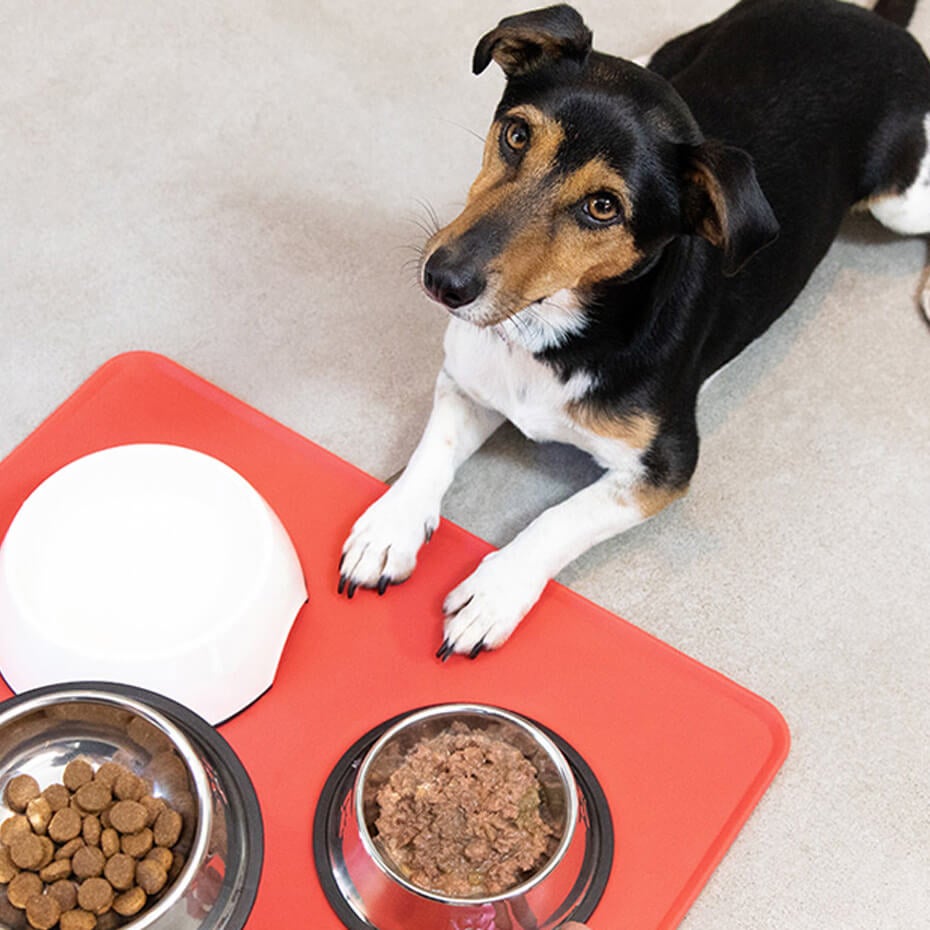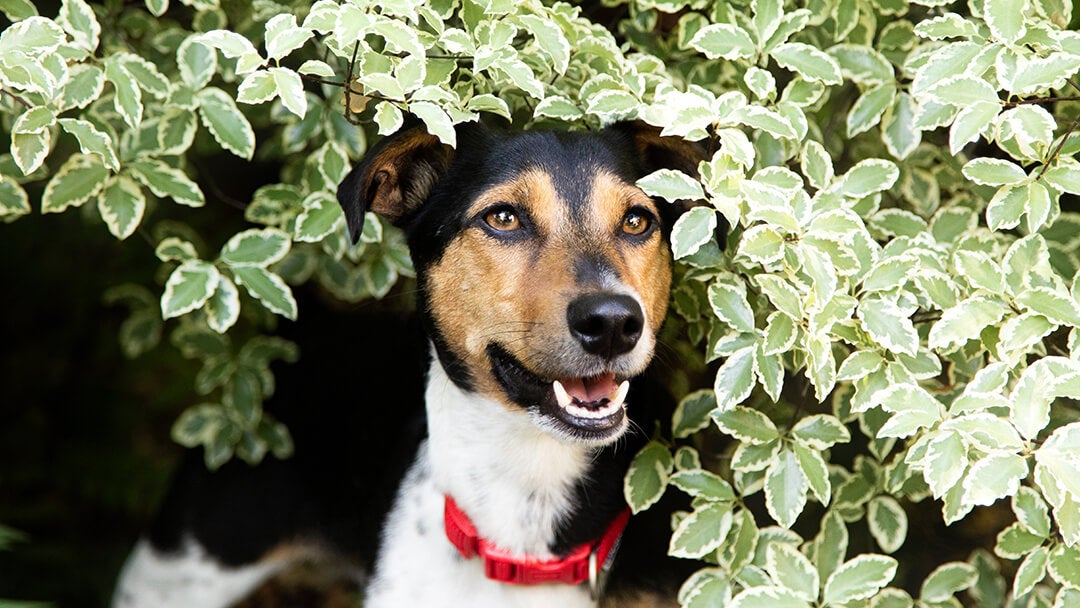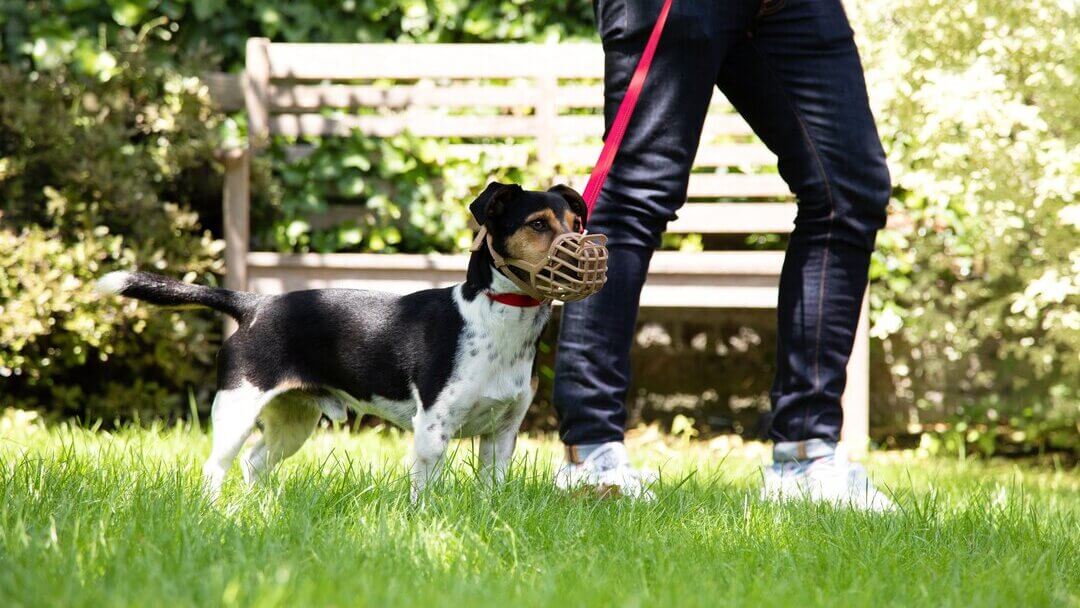
Dogs don’t rely on vocal communication in the same way humans do, but it still forms a major part of the way they express themselves and their emotions to other dogs – and to their human family.
There’s more to a dog’s vocal repertoire than a simple ‘woof’ – our canine companions make use of whines, yips, yelps, whimpers, grumbles, howls and growls in their communication. Some are even fond of a big hearty sigh!
There are lots of reasons why dogs bark, but remember, barking may only seem excessive to us – barking in any form is all part of a dog’s nature!
Seemingly excessive barking might be due to a separation-related issue, or they might be trying to tell you there’s someone at the door, or if you’re in the middle of a game they might bark to show that they’re having a good time.
If you’ve got more than one dog, it doesn’t always take much for one to set another off.
Some dogs, however, can become over-excited, and might continue to bark long after the postman has left, for example, or you’ve finished playing fetch, even once you’ve told them to be quiet. This can be troublesome, especially if you have neighbours close by.
Common mistakes owners make dealing with excessive dog barking
The go-to response for many owners of barking dogs is to shout a bit louder, telling them to be quiet, but this can make your dog feel threatened, or they might think that you’re simply barking along with them.
There are lots of products on the market designed specifically for excessive dog barking that aim to calm and quieten your dog, such as anti-bark collars that administer a slight electric shock or a nasty spray. We don’t recommend these as they’re unnecessarily aggressive and unpleasant, and suppress your dog’s natural behaviour and need to communicate. Plus, smell spray collars continue to punish your dog long after they stop barking as the smell will linger in their very sensitive nose.
These punishing types of collars won’t deal with the underlying cause of the barking and your dog will take their frustrations out in other ways, such as chewing the furniture, or even themselves. Instead, try to find out why your dog is barking. Is it to warn you about something? Are they barking out of frustration or boredom, or in order to get your attention? Are they barking because they’ve been left alone and they’re trying to call you back? Once you’ve identified the cause, you can get to work on training techniques that will help tackle the problem in the long term.
How to stop your dog barking in the house
Make sure your dog gets plenty of exercise – after all, a tired dog is usually a quiet dog! It can also be helpful to limit their access to windows, fences and glass doors, so that they can’t get het up over anything they see outside, even if it’s just a car driving past.
Otherwise, training dogs not to bark, especially in the house, usually involves the ‘speak and shush’ technique, which, perhaps confusingly, is best done by first training them to bark on command.
Here’s how:
- Enlist the help of a training partner, and ask them to stand outside the front door, while you and your dog are inside the house.
- Ask your dog to ‘speak’, at which point your friend should ring the doorbell or knock on the door.
- This should prompt your dog to bark, and when they do, give them a treat and lots of praise.
- Practice this little and often in various locations, and soon your dog should bark when you say ‘speak’, whether there’s someone at the door or not.
Now you’ve taught your furry friend to speak, it’s time to teach them to shush!
- Start by asking your dog to speak, and reward them verbally when they do.
- Then, tell them to ‘shush’ and distract them from barking with a yummy treat or a favourite squeaky toy. Your dog can’t bark and investigate the treat at the same time, so they’ll stop barking. When they do, give them lots of praise – and the treat, of course!
- Repeat the technique little and often and you’ll soon be able to put the brakes on their barking with a simple command.
How to stop your dog barking in the car
Barking in cars is a common issue. Dogs will bark to protect their temporary territory (especially if the car is parked and people are walking past), because they’re frustrated at not being able to chase all the fast moving objects whizzing by.
Or it's simply because they know a car journey signifies an exciting trip to the park, or perhaps a less exciting trip to the vet!
If you’ve mastered the ‘speak and shush’ technique at home but your dog is still being boisterous in the car, you might need to take steps to make the car seem more normal and commonplace, so it’s not just associated with excitement. Start by letting your dog sit in the car with a chew toy. Keep the engine off to begin with, then do the same with the engine running. Once your dog can sit quietly in the car with the engine on, go for a very short drive, but stop as soon as they start barking, and only continue once they quieten down.
This will require some time and patience, but persevere! They’ll get the message eventually.
If your dog is particularly excited at the sight of other cars or people, try covering their crate if they’re used to travelling in one or if they’ll fit, encourage them to lie in the rear footwell of the car. But remember, safety first! An excitable dog can be very distracting for the driver, so make sure they’re kept properly secure on car rides.
If the excessive dog barking persists
If you really can’t figure out why your dog is barking so much, or if their vocal habits change suddenly, it’s definitely worth having them checked over by your vet just to make sure there’s no other underlying reason for the barking. If there’s no underlying medical issue, your vet can refer you to a dog behaviourist who may be able to help.


















